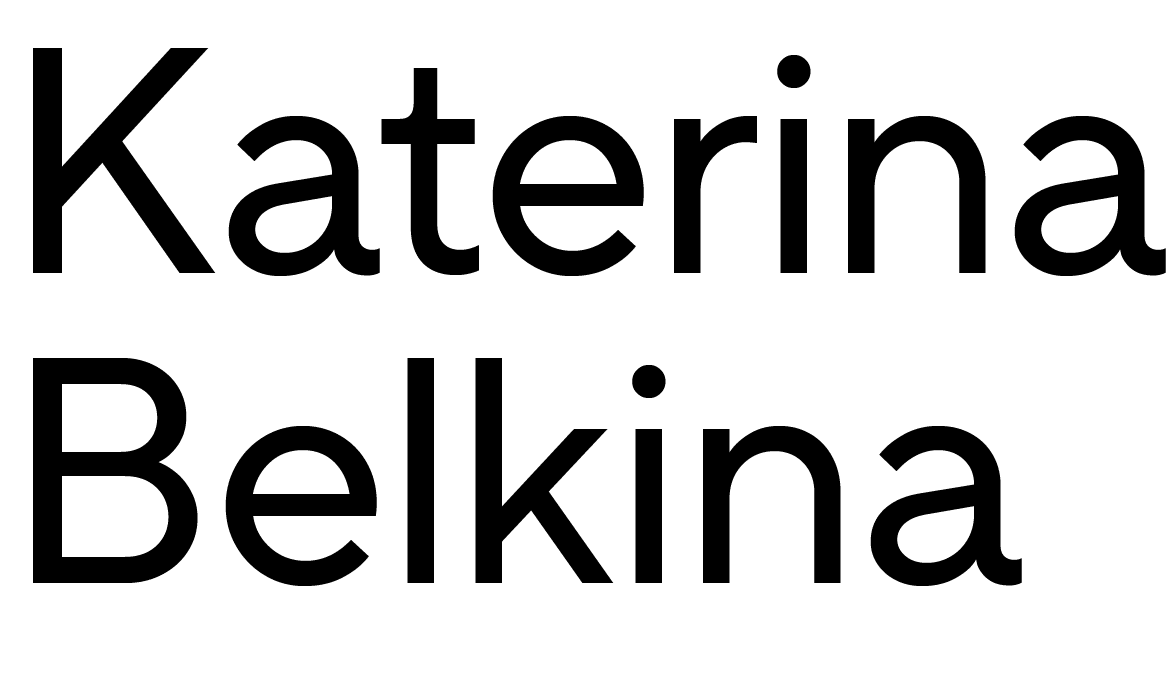exhibition catalog
Publisher: European Cultural Centre
ISBN: 978-9-08294-345-0
Dimensions: 25.8 x 5.2 x 22.9 cm
Pages: 608
€42.72
These four works from the Revival Series are an allegory of the four seasons embodying the symbols of human needs and their associated natural instincts. Being a nursing mother, I experienced to the full extent the influence of the instincts and chemical processes. I felt interrupted in my thoughts and actions, so great is our dependence on instincts. The same is true for men’s hunting instinct. “Vesna” (Spring) and “Fall” is an opposite pair, representing our two major vital acts: giving and taking.
Spring is the beginning and the birth, the giving. We are full. We are driven by the desire to give a part of ourselves, our resources, our energy and our time. In the Spring we are full of energy and open our heart, we are moving forward. Nature compensates the loss generously. Spring gives. Time to give.
Summer is the time of fruit-bearing and fertility: Enjoyment. We enjoy life like children, we are resting and want to unite with nature, enjoy warmth, both physically and spiritually. A joyful child. Time to play. Sitting in the cradle of the vines, the child refers to the image of Dionysus. The vine is one of the symbols of Christ. I liked the idea of a dual symbol - the pagan god and the Christian god. The unity (in vine) of these two God’s images indicates the inseparability of the physical and spiritual. In Nietzsche’s book “The Birth of Tragedy from the Spirit of Music“ (1872), the idea is expressed that the task of Dionysus is to convince us of the eternal joy of life: only we must search this joy not in the phenomena but behind them, transcending them.
In Fall man is harvesting and hunting, taking not giving. Since ancient times it is the period of preparation for winter, a changing of the habitual system of life, priorities and values. The time of harvest and hunting. The Fall takes: heat, colours, everything that was given by Spring and Summer. It’s time to take. The hunting is one of our basic needs. It shall be allowed to stereotype: the hunter is a man. On his body is a drop of blood as a symbol of his willingness to sacrifice himself - to take risks. On his clothes is a print with the weeping Mary Magdalene. She mourns Christ, who in this context is the victim of the hunter. The tears here are not real, they are feminine expressed through her image. In our society there’s still a taboo about men’s tears. You must fight till the blood, but don’t cry.
Winter is a special time of silence, tradition and the keeping of power. We are planning a new life, we are thinking about the past. Naturerests, man reflects. Very often, this time is crisis time, and a moment of trial. Nature pushes us to contemplate and to rethink. Time to be silent. The bullfinch in many traditions is considered to be the divine bird. In Japan the bullfinch is traditionally considered the bird of Buddha. In Christianity, there is a belief - the bullfinch tried to pull the thorns out of the Savior’s crown with its beak, and a drop of sacred blood fell on his chest. Ever since the bullfinch breast is red. This association and this image come from my childhood: to see a bullfinch in winter for me was a magical miracle, because this amazing bird flies to us amidst the white silence and tranquility of winter like a red winter sun, which comes and bears the good news (evangelion gr. = good news). As if it wants to say that life will start soon, the sun will come soon.


